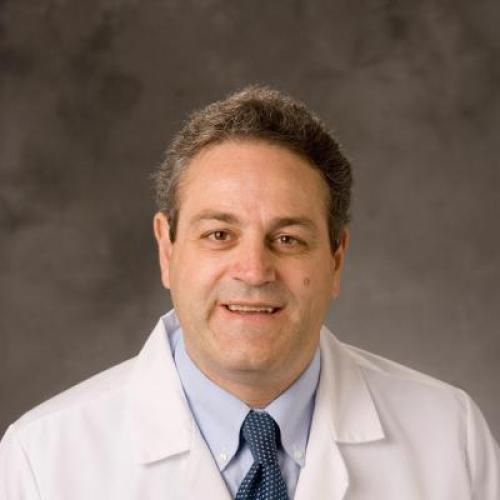
Three year's experience with the Stretta procedure: did it really make a difference?
BACKGROUND: Endoscopic treatment is merging as a new option for GERD treatment. Many modalities have been used with modest short-term success, but no long-term follow-ups have been published. We present our 3-yr experience at Vanderbilt University using endoscopic radiofrequency energy (Stretta procedure) for GERD treatment. METHODS: Patients with follow-up >6 months were prospectively studied under IRB protocol. All were mailed SF-12 health status questionnaire and GERD specific quality-of-life (QOLRAD) questionnaires, queries about satisfaction with Stretta, and medication use. All were invited for 24-hour pH study. RESULTS: Eighty-six Stretta procedures were performed between 8/2000 and 7/2003 on 85 patients; all were outpatients, 89% under conscious sedation. Seventy-seven patients qualified for the study; 61 completed the survey, 24 returned for pH study. Follow-up was 26.2 +/- 7.5 months (6-36). All were on daily PPIs, with proven GERD by pH study or endoscopy. Mean preoperative acid exposure time was 7.8+/-2.6%, mean DeMeester score was 40.2+/-17.6. Postoperative mean acid exposure time was 5.1+/-3.3 (p=0.001), DeMeester score was 29.5+/-20.5 (p=0.041). Normal postoperative acid exposure time (pH<4 in <4.2%) was achieved in 42% of patients tested. Patients were then divided according to medication use at the end of f/u in 2 groups: Responders (off or >50% decrease in PPI dose), and nonresponders (on >50% of original PPI dose, or had fundoplication). Response rate was 60% (39 patients), 8 nonresponders underwent fundoplication (12%). Satisfaction rate was 73%. Statistically significant difference was found between the 2 groups in all measurements; SF-12 physical and mental score for responders were 45.5+/-10.2, and 52.6+/-7.8; and for nonresponders were 37.8+/-11.2 and 40.9+/-11.3 (p=0.012, p=0.0001), respectively. Statistically significant difference was also found between responders and nonresponders in postoperative acid exposure (4.5+/-3.34 vs 7.2+/-2.3, p=0.034), and DeMeester score (26.3+/-20.4 vs 39.7+/-20.2, p=0.05). Paired T test was used to compare pre- and postoperative acid exposure in each group; statistically significant difference was found only among responders: total reflux time was 7.50+/-2.3 preop and 4.5+/-3.34 postop (p=0.0001), whereas for nonresponders it was 8.6+/-3.7 and 7.2+/-2.3 (p=0.8), DeMeester scores pre- and postop among responders were 40.0+/-19.7 and 26.3+/-20.4, respectively (p=0.016), whereas for nonresponders it was 40.5+/-14.3 and 39.7+/-20.2 (p=0.79). CONCLUSIONS: Stretta is a safe modestly effective, totally endoscopic treatment for GERD. Symptomatic improvement when achieved is often associated with correlating improvement in distal acid exposure. This exposure normalizes in nearly half the treated patients.
Duke Scholars
Published In
DOI
EISSN
Publication Date
Volume
Issue
Start / End Page
Location
Related Subject Headings
- Surgery
- Quality of Life
- Proton Pump Inhibitors
- Prospective Studies
- Middle Aged
- Male
- Humans
- Health Status Indicators
- Gastroesophageal Reflux
- Fundoplication
Citation

Published In
DOI
EISSN
Publication Date
Volume
Issue
Start / End Page
Location
Related Subject Headings
- Surgery
- Quality of Life
- Proton Pump Inhibitors
- Prospective Studies
- Middle Aged
- Male
- Humans
- Health Status Indicators
- Gastroesophageal Reflux
- Fundoplication

